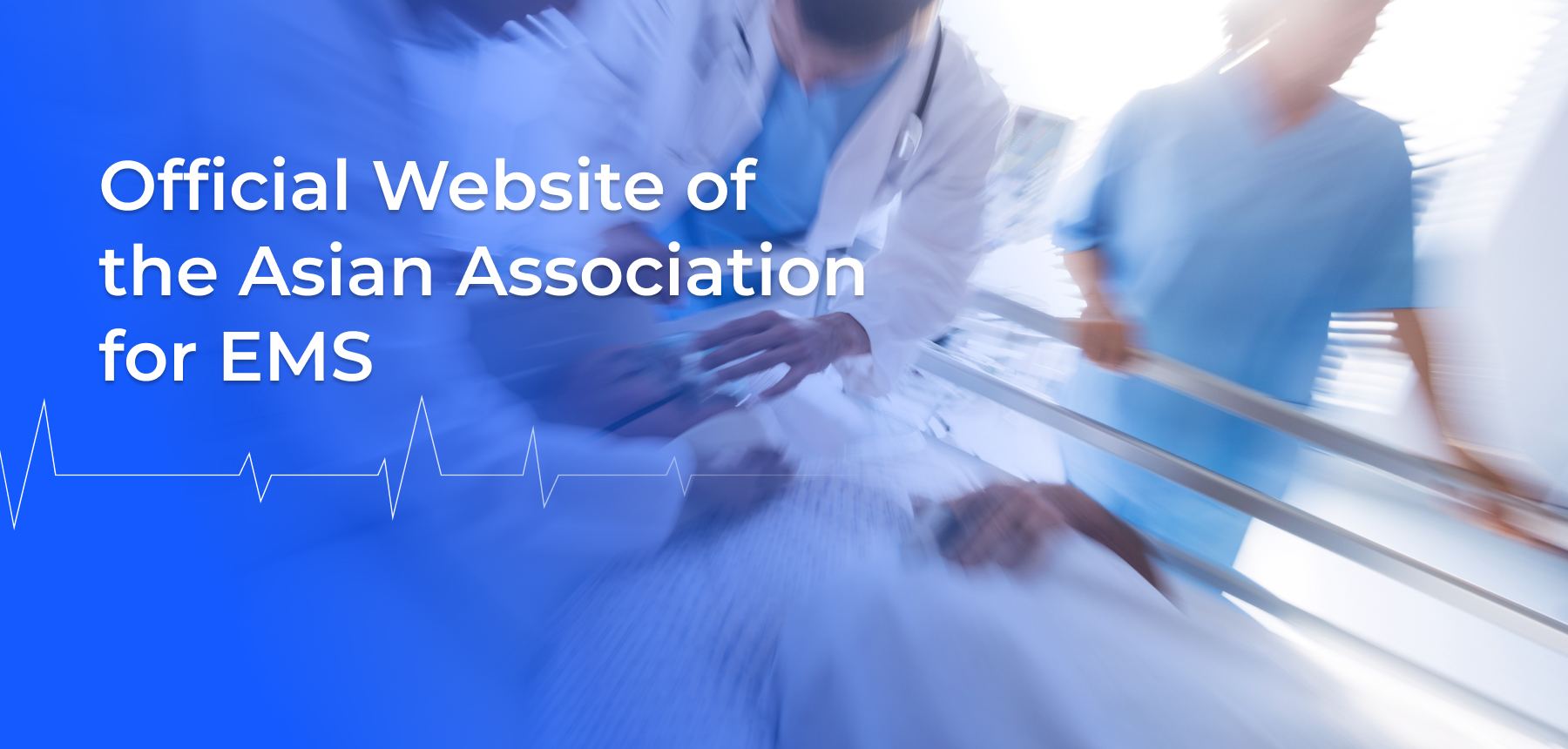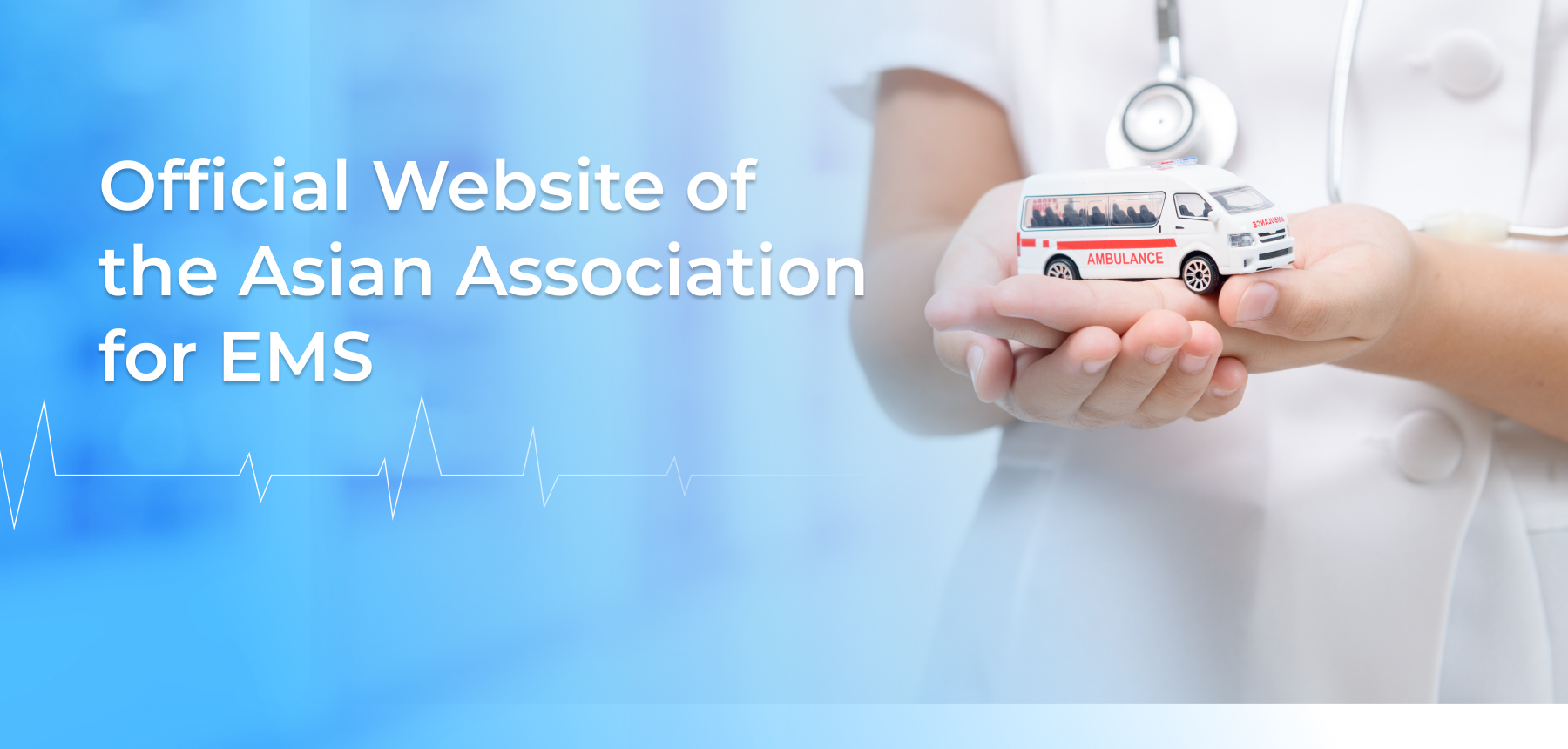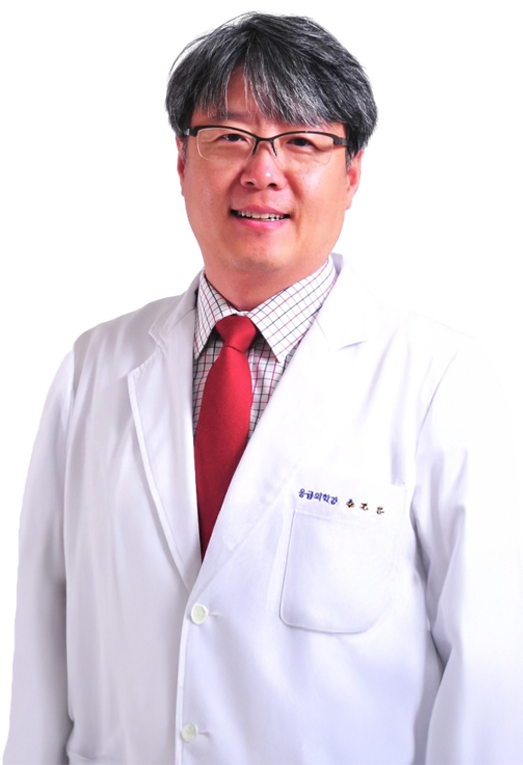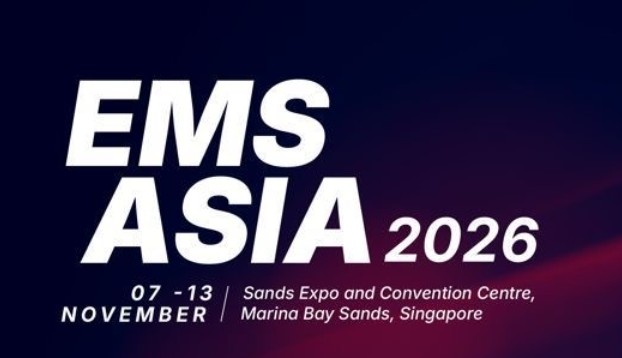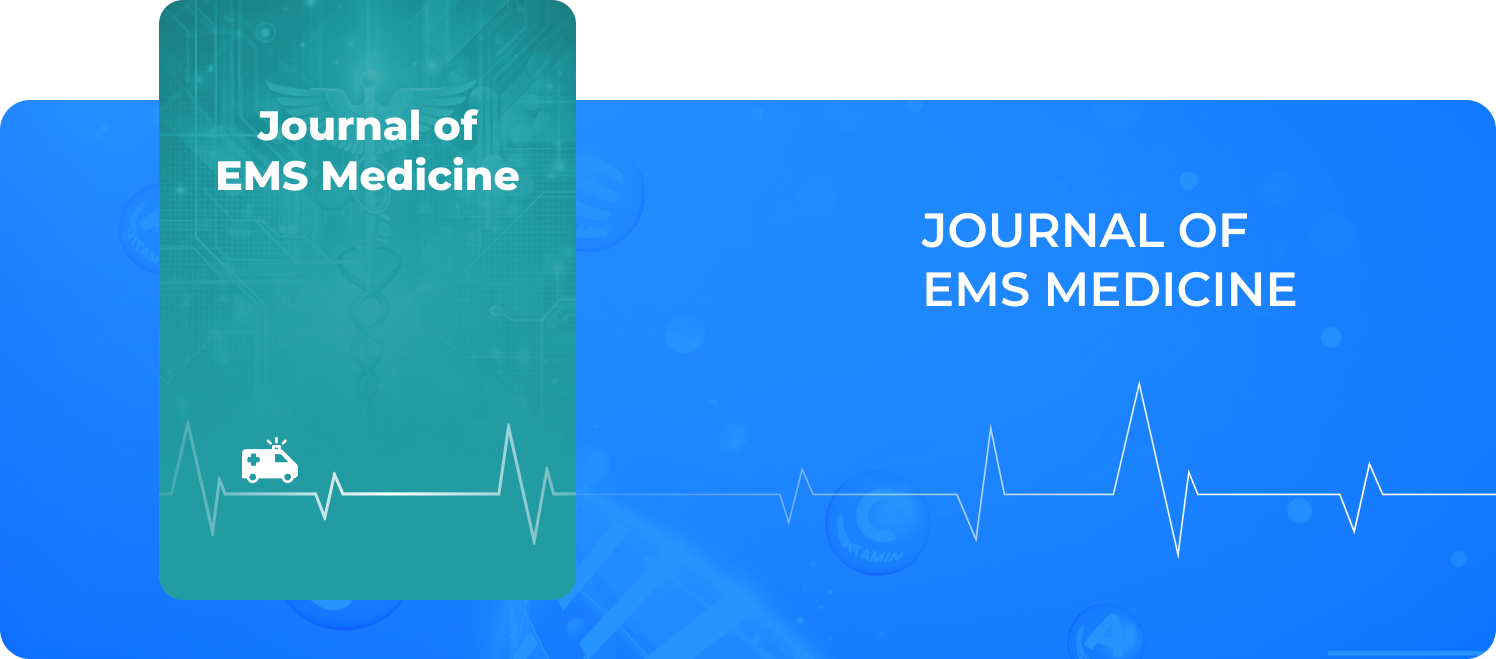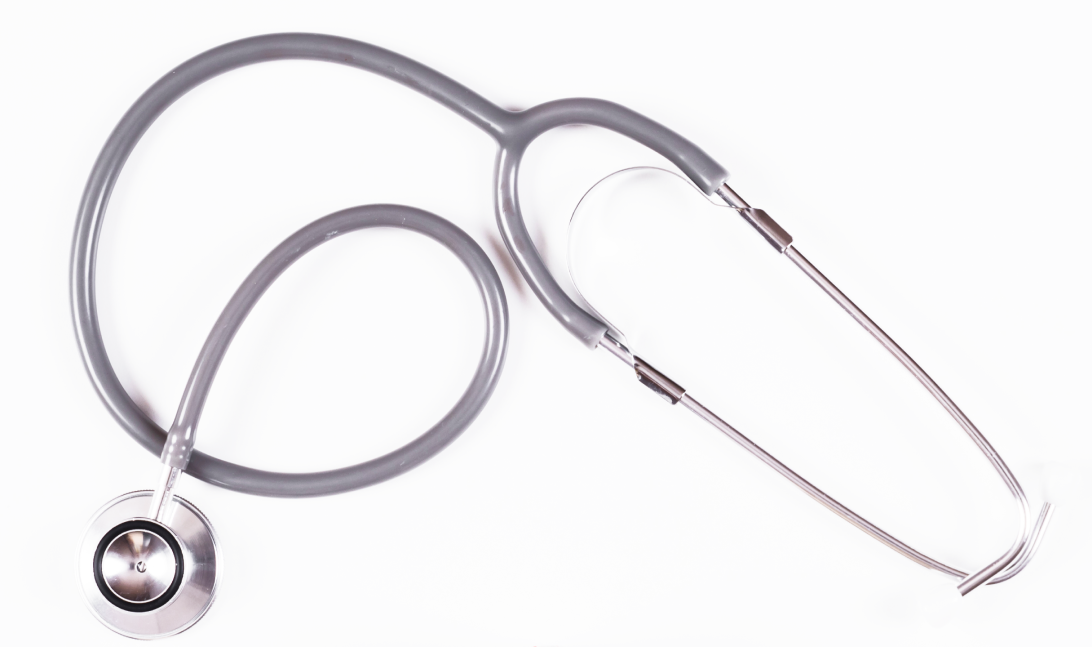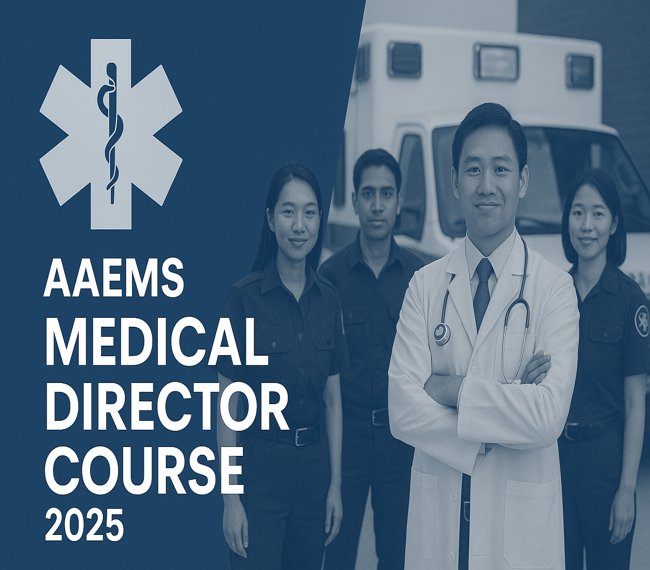Welcome
The AAEMS’s vision is to promote and advocate for pre-hospital care and the EMS system
in different Asian communities. The AAEMS works to address primary issues in EMS such as
1) create opportunities for education and training for EMS physicians and EMS providers
2) EMS training standards and accreditation
3) recruitment, retention and career paths of EMS personnel
4) undertake research projects on pre-hospital care (PAROS, PATOS and more)
5) collaborate for the advancement of EMS systems
6) publishing of Asian EMS Journal.


